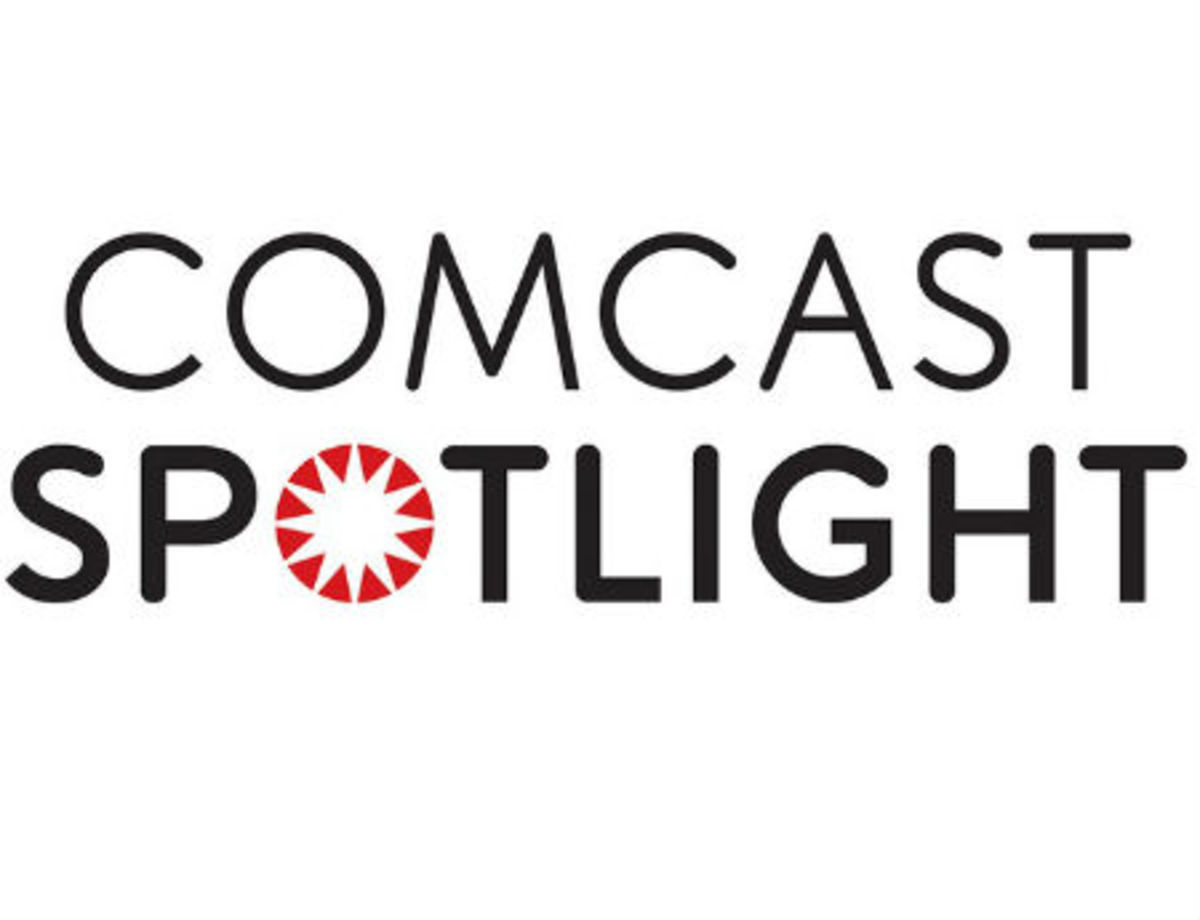Comcast Spotlight Finds Opportunity in The New TV

In a new report that looks at what it calls The New TV, Comcast’s ad sales arm, Spotlight, identifies five myth holding the industry back and a three step process advertisers can use to take advantage of television’s advanced advertising capabilities.
In it’s paper, Spotlight defines the new TV as encompassing linear, OTT, TVE, VOD, SVOD, AVOD, IP Video and the other acronyms sneaking into the industry.
“This medium is thriving; quality content and access to that content has never been stronger, pushing viewer engagement and time spent watching video to high levels,’ the paper said, pointing to, among other things, the peak level of scripted series now available to viewers.
“Of course, this fundamental shift in what and how viewers watch comes with new opportunities and challenges for advertisers,” the paper added. “The biggest change is data. There’s more of it, and there’s more demand for it. Data can now be applied to TV in ways that span from targeting to attribution, rendering TV a full-funnel solution. As a result, advertising strategies to reach today’s consumers need to change.”
The availability of more data about viewers means less attention being paid the traditional demographic ratings that have been used to buy and sell TV commercials. Auto dealers, for example, can focus on people who are in the market for a new car, based in data from motor vehicles bureaus, lease registrations and other sources.
“New data allows advertisers to use the power of The New TV’s content, distribution, and reach, to move down the sales funnel, shifting campaign goals from building awareness to driving sales,” the report said.
The industry has only slowly been moving to these advanced forms of advertising, in part because many buyers, sellers and clients cling to old ideas about how to do business. The Spotlight report outlines three myths about TV viewing.
Broadcasting & Cable Newsletter
The smarter way to stay on top of broadcasting and cable industry. Sign up below
Myth one is that only top network get reach. Spotlight said the reality is the Top 5 ad supported cable networks make up only 14% of total time spent viewing and that the average household watched 17 different cable networks per month.
Another myth is that primetime is the only valuable daypart. Spotlight said that two-thirds of all viewing occurs outside of primetime and that ad campaigns that air only in prime will tap just 31% of all viewing.
Finally Spotlight disputes the notion that only sports and news are viewed live. It notes that 87% of all viewing is still done live.
The report also lays out a three step roadmap for taking advantage of the New TV. Those steps are: translate customer knowledge into actionable data; follow that data to whichever premium content it leads; measure the results with accountable metrics to connect the marketing funnel.
Spotlight uses as an example a regional pizza chain in the Portland area.
In step one, the pizza chain recognized that its customers fell into three broad segments. The first, what they called the CEO of Food, is moms with children, who need to get dinner on the table quickly and easily. The second, Sport Fans, order pizza to accompany their favorite televised sporting events. And its third target segment, “Other” Pizza Diners, is defined as young men who don’t want to cook, love pizza, and are on a limited budget when it comes to dining out.
Each of those segments has its own media preferences that have to be taken into account before putting together a media buy.
Networks with high concentrations of consumers in the “CEO of Food” segment included TruTV, Freeform, CMT, MTV, Comedy Central, E!, ESPNU, FX, Bravo and TBS. The Sports Fans Segment were well represented on ESPN, Golf, CMT, ESPN2, Comedy Central, NFL Network, Pac 12 Net, Fox Sports 1, Tru TV and Freeform. Networks reach the Other Pizza Diners category were young skewing male networks including TruTV, MTV, Comedy Central, Freeform, FX, TBS, CMT, Syfy, VH1 and NFL Network.
Step two is running campaigns and measuring how well the work to stick to the tactics that work best. In its example, Comcast said it found that the best performing campaigns achieved big reach--an average of 81%--by running on a large number of networks, 37 on average. The lowest performing campaign employed 16 networks on average and reached 30% of the target market.
The best-performing campaigns used longer flights, accumulating reach over 15 weeks. The report also said that linear TV campaigns that added premium digital video increased reach by an incremental 17%.
Step three is measuring results. “Just as in digital media, television advertising can now be tied to tangible outcomes, including online activity,” the report said. “Our website attribution studies have found that TV drives website success metrics.”
Jon has been business editor of Broadcasting+Cable since 2010. He focuses on revenue-generating activities, including advertising and distribution, as well as executive intrigue and merger and acquisition activity. Just about any story is fair game, if a dollar sign can make its way into the article. Before B+C, Jon covered the industry for TVWeek, Cable World, Electronic Media, Advertising Age and The New York Post. A native New Yorker, Jon is hiding in plain sight in the suburbs of Chicago.

